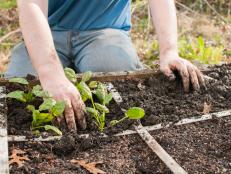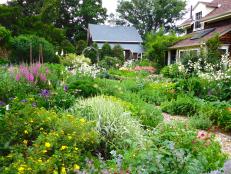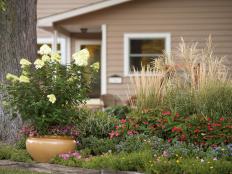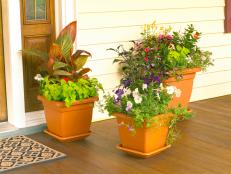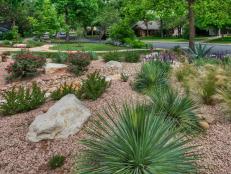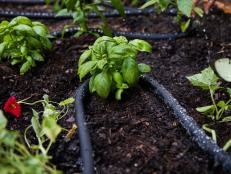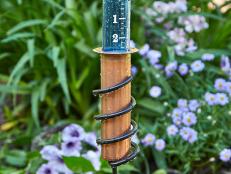Ideas for Small-Space Gardeners

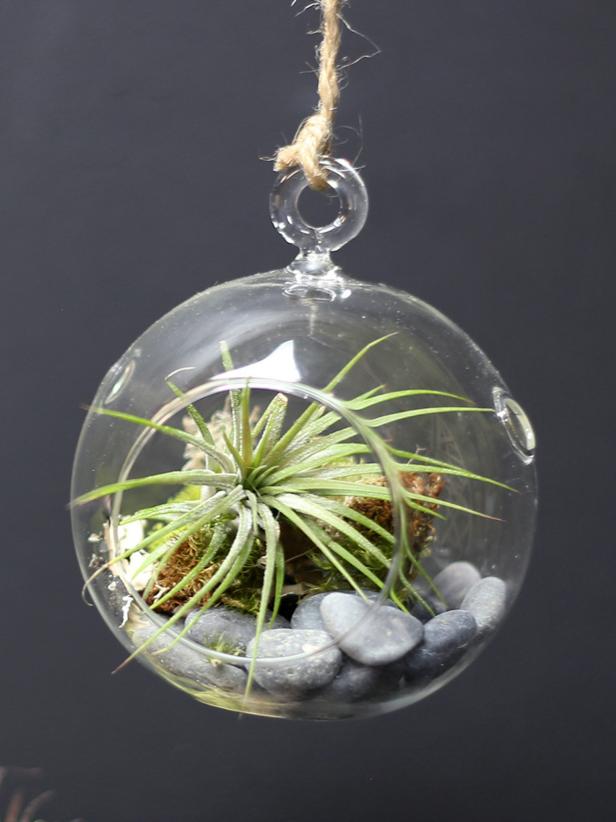
Gardener's Supply Co.
Air plants, also known as Tillandsias, have a unique, sculptural appeal, which fit into modern design.
Gardens don’t have to be big to be beautiful. You don’t need an acre or even a yard to experiment with colors, textures, fragrances and a variety of plants. A windowsill or tabletop is perfect for growing all sorts of tiny treasures. Best of all, small gardens can flourish indoors, safe from winter weather.
Grow an Accent Plant
If your space is really limited, focus on just one interesting plant in an attractive or unusual container. Miniature orchids and African violets are easy to grow and stay in bloom for long periods of time. Foliage plants are equally beautiful. Try a delicate fern or clump of moss in a kitchen, bath or other room with high humidity. If your growing conditions aren’t ideal, a nearly indestructible succulent garden might be your ticket; succulents come in many sculptural forms and pretty colors. Cacti are also undemanding. Choose from desert types with prickly spines or needles and forest types like the traditional Christmas cactus (Schlumbergera).
Start a Miniature Lawn
Grasses are fun to grow indoors in a bright window. Simply press the seeds lightly into some potting soil in a shallow bowl or tray, then mist them every other day or until they sprout. Once the blades are up, trim them as needed with scissors and water lightly. Your little lawn may last for weeks or months.
Try Herbs on a Windowsill
Pot up herbs in small containers for a kitchen windowsill, and you’ll keep a living spice rack at hand. Many herbs thrive in bright light and grow bushier as you cut and snip to add their fresh flavors to your favorite dishes.
Try sun-loving basil, bay, chives, parsley, rosemary, sage, cilantro, dill, tarragon, thyme and oregano in a southern or southwetsern ezposure; just be sure they don’t overheat on hot days and give them good air circulation. Aromatic mints, which are available in chocolate, orange, peppermint, spearmint and other delicious scents, are also good choices.
If your herbs aren’t happy with the amount of light they’re getting, they’ll become tall and floppy. Perk them up again by using plant grow lights.
You can pot up multiple herbs in a long container that fits on your windowsill or line them up in individual pots. For best results, use planters about 6 to 12 inches deep. Drill drainage holes, if needed, and use saucers or trays to catch drips.
Herbs don’t like soggy soil, so be wary of overwatering and use a fertilizer for edibles, following package directions.
Plant a Terrarium
Whether they’re enclosed or open at the top, terrariums are easy and fun to make, especially with kids. Use a fishbowl, vase, brandy snifter, clean jar or any other attractive glass container. Just don’t use a lid for plants that like to be on the dry side, such as cacti and succulents. Otherwise, ferns and many other plants will flourish in a terrarium’s humid environment.
As with herbs, give your terrarium a spot with bright light, and avoid letting the sun cook the plants through the glass.
For best results, use plants that stay small and/or grow slowly, so you don’t have to re-plant or prune too often.
Start by adding a layer of pebbles to the bottom of your container for drainage. Add some potting soil and use your fingers, a long-handled spoon or other tool to dig holes for the plants. Use plants that are similar in their requirements for light and water.
If you’re not sure what to plant, start with a tall plant for vertical interest; a plant that can serve as a focal point, like one with colorful foliage or flowers; and a low-growing plant to tuck under the others.
Top off the soil with more pebbles or moss, if you like. You can be creative by adding small figurines—tiny dinosaurs, for example, look great in jungle-like terrariums.
Grow Air Plants
For a small, indoor garden that’s nearly carefree, try Tillandsias, also known as air plants. These exotic-looking members of the bromeliad family draw water from the air, so they don’t need soil or pots. They’ll grow on boards, stones, cork, driftwood or tile or even in a seashell. You can also hang them in specially made glass globes (pictured).
Give Tillandsias bright, indirect light and mist them 2 to 3 times a week, or more often if your home is dry. If they’re not wired, glued or otherwise mounted to something, dunk them in the sink for 2 to 3 hours every couple of weeks. Tillandsias in globes probably won’t need watering as often, because the globes help retain humidity. Feed your plants by misting diluted plant fertilizer over the leaves, and make sure they have good air circulation.

.-Battle-on-the-Beach-courtesy-of-HGTV.-.jpg.rend.hgtvcom.196.196.suffix/1714761529029.jpeg)




